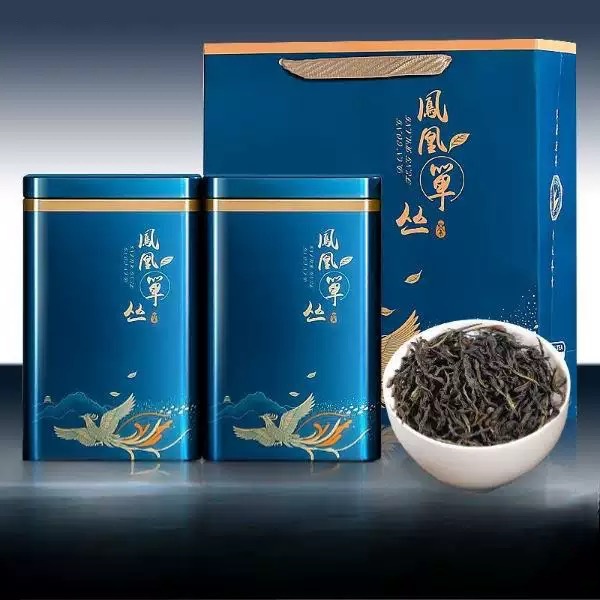
,文章长度在1000字左右
html
The Origin and Historical Development of Oolong Tea
Oolong tea, with its unique flavor profile and rich cultural heritage, holds a special place in the world of tea. Its origins can be traced back to China, where it has been cultivated and perfected over centuries. The history of oolong tea is as complex as its taste, blending legend, tradition, and meticulous craftsmanship.
The Birthplace of Oolong Tea
Keyword: Origin and History of Oolong Tea
The exact origins of oolong tea are shrouded in mystery and legend, with several regions in China claiming to be its birthplace. The most widely accepted theory points to the Fujian province during the Ming Dynasty (1368-1644). The mountainous regions of Fujian, particularly the Wuyi Mountains, provided ideal conditions for tea cultivation with their misty climate and mineral-rich soil.
According to one popular legend, oolong tea was discovered by accident when a tea farmer was distracted by a deer and left his tea leaves to oxidize longer than intended. When he returned, he found the partially oxidized leaves produced a tea with remarkable flavor – neither fully green nor fully black. This happy accident led to the development of what we now know as oolong tea.
The Meaning Behind the Name
The name “oolong” translates to “black dragon” in Chinese, and there are several theories about its origin. Some believe it refers to the dark, twisted appearance of the tea leaves, resembling a dragon. Others suggest it honors the legendary tea farmer Wu Liang (later corrupted to “oolong”) who supposedly discovered this tea variety. Another theory connects the name to the Wuyi Mountains, where the tea was first produced.
Historical Development
The production of oolong tea evolved significantly during the Qing Dynasty (1644-1912). Tea masters in Fujian refined the oxidation and roasting processes, creating distinct regional styles. The Anxi region became famous for its lighter, more floral oolongs, while the Wuyi Mountains produced darker, more heavily roasted varieties.
During the 18th and 19th centuries, oolong tea became highly prized in international trade. The tea was particularly popular in Europe and America, where it commanded high prices. The British developed a special fondness for oolong, which influenced their tea-drinking culture significantly.
Spread to Taiwan
In the mid-19th century, oolong tea cultivation spread to Taiwan, where it found a new home in the island’s mountainous regions. Taiwanese tea masters adapted the traditional Chinese techniques to their local conditions, eventually developing unique varieties like Dong Ding and High Mountain oolongs. Today, Taiwan is renowned worldwide for producing some of the finest oolong teas.
Modern Oolong Production
Contemporary oolong tea production remains true to its traditional roots while incorporating modern technology. The process still involves:
- Careful plucking of tea leaves at optimal maturity
- Controlled withering to begin oxidation
- Precise bruising of leaves to develop flavor
- Skillful firing to stop oxidation at the desired level
- Artful rolling to shape the leaves
- Patient roasting to enhance and preserve flavors
Different regions have developed their own variations of these steps, resulting in the wide spectrum of oolong teas available today – from lightly oxidized, floral varieties to dark, heavily roasted teas with complex mineral notes.
Cultural Significance
Beyond its delightful taste, oolong tea holds deep cultural significance in Chinese society.